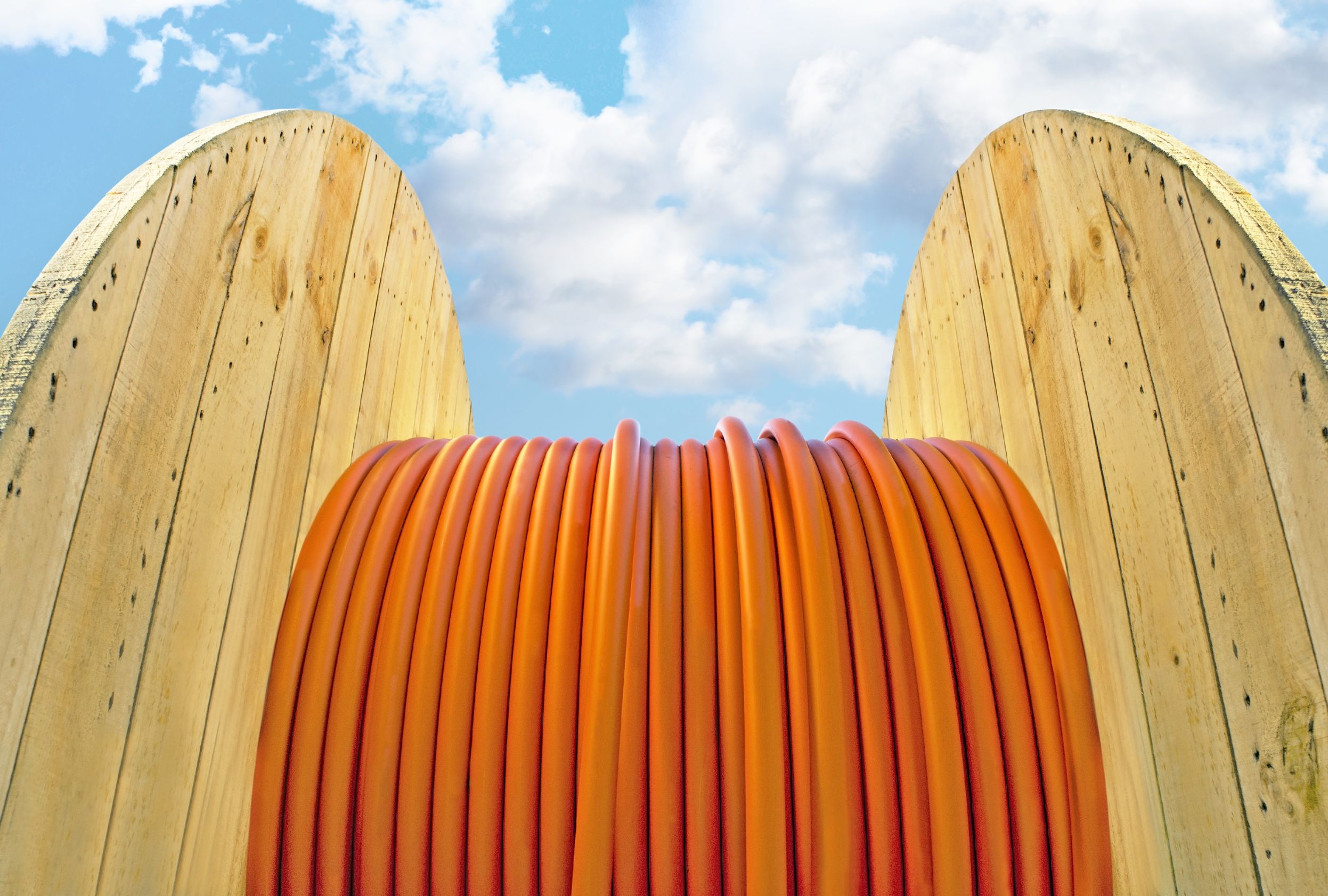(This post has been updated in July 2020 with the help of my friend and colleague Kamran)
I already discussed in two other posts how the wind farm cable trenches are usually built and how the medium voltage cables are made.
However, a more comprehensive explanation should include on how the medium voltage cables are dimensioned.
The power produced by the wind turbine is usually evacuated to the substation using a medium voltage (MV) cables connection.
This cables are usually buried. This solution is slightly more expensive but it offer much more protection to the cables than an overhead line (that is, a line where the cables are hanging from poles). A buried circuit is also less problematic from the environmental point of view. I do however see every now and then projects with overhead MV systems.
The reason for evacuating the power generated by the wind turbines with a medium voltage system is purely economic. A low voltage solution would have very high power losses (“Joule losses”) in the cables – basically the resistance of the conductor would create too much heat.
A higher voltage will decrease the current flowing in the cables and the related losses.
However, high voltage equipment is very expensive. Therefore, the medium voltage solution is a reasonable compromise, an optimum balance between the losses in the cables and the cost of the equipment.
So, what are the key constraints in the design of a MV system for a wind farm?
In many projects there is some freedom on the MV level used in the wind farm – that is, you can design a MV system using one of the standard voltage levels (such as 20 kV, 33 kV, 34.5 kV, etc.)
In situations where there is no specific requirement from the owner of the wind farm (or from the owner of the grid) the smartest choice is usually to select the MV level most commonly used in the country where the wind farm will be built.
Sometime the number of feeders in the substation is defined upfront: this limit the number of different circuits that can be designed to connect the wind turbines.
Another relevant limitation is the maximum allowable cable cross section: the bigger the cable diameter, the bigger the bending radius. For this reason cross section over 630 mm are very unusual.
For a given cable section you will try to maximize the amount of current transported without exceeding the thermal capacity. Under standard operation conditions such limit is usually around 90°C and the thermic behaviour of the cable will be obviously strongly influenced by the thermal resistivity of the surrounding material. Other relevant parameters are the depth of the cable, the temperature of the air and of the surrounding material, if there are other circuits nearby, etc.
Other significant project constraints that must be checked are the allowable current (how many amperes are transmitted by the cable – to be sure that the capacity of the cable is not exceeded) and the voltage drop between the 2 sides of the circuit (usually it should be less than 1.5%).
You will also try to minimize the power drop. A rule of thumb is that the losses should be less than 2%, but some wind farms have more aggressive requirements.
Last but not least, additional checks are performed to ensure the survival of the cable in emergency conditions – for instance in case of short circuits.
The short circuit currents are checked against the cable ratings under a variety of possible faults (phase to phase, phase to ground, etc.). Cables are designed to survive a higher temperature for a very short periods (seconds, or fraction of a second).

Leave a Reply